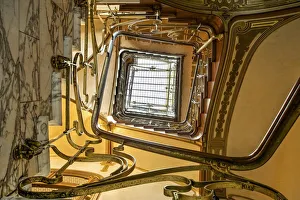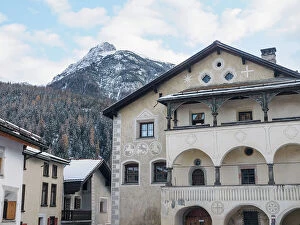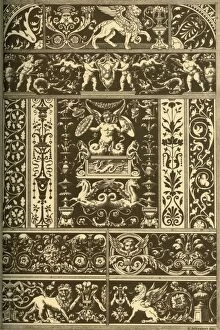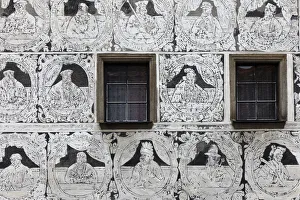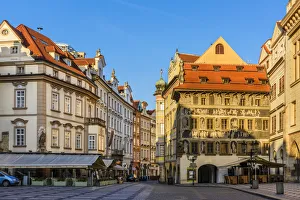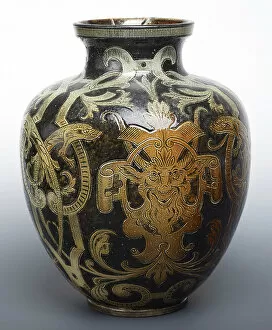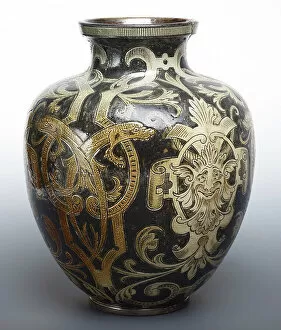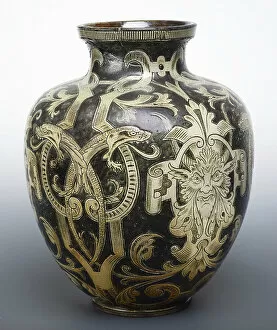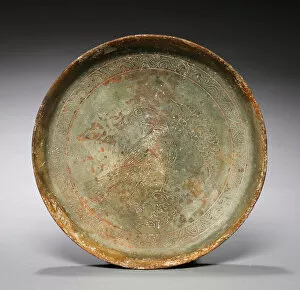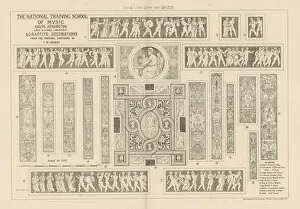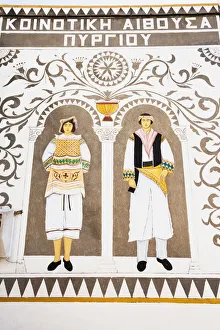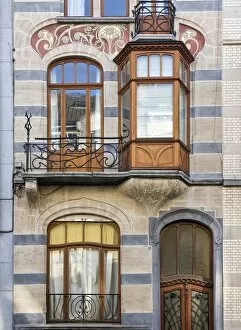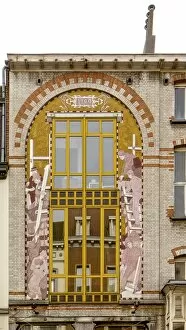Sgraffito Collection
Sgraffito is a fascinating technique that has been used in various forms of art throughout history
All Professionally Made to Order for Quick Shipping
Sgraffito is a fascinating technique that has been used in various forms of art throughout history. Dating back to the Italian Renaissance, sgraffitos were commonly seen in wood-mosaic, marble-mosaic, and bas-reliefs. These intricate designs added depth and texture to sculptures and buildings alike. In the late 19th century, ceramic vases adorned with sgraffito became popular. One such vase from 1895 showcases the delicate craftsmanship involved in creating these pieces. The Soviet modernist movement of the 1970s also embraced sgraffito, as evidenced by a stunning example found in Minusinsk, Krasnoyarsk Krai, Russia. Moving away from ceramics and sculptures, sgraffito made its way onto buildings as well. In Slavonice, Czech Republic's South Moravia region, you can find remarkable structures featuring elaborate sgraffito designs on their facades. The Old Town Square or Staromestske Namesti boasts one such building called House At The Minute with a beautifully painted facade. The folk artists of rural Pennsylvania also incorporated sgraffito into their creations during the 1930s. Plates and drawings from this era showcase their talent for combining traditional techniques with unique designs. Plate 4 depicts an unknown artist's interpretation of rural Pennsylvania's folk art using sgraffito while Plate 14 offers another glimpse into this captivating style. Even though the creators behind these works remain unknown today (as seen in Drawing for Plate 8), their legacy lives on through their skillful use (as shown in Drawing for Plate 2). This technique continues to inspire artists around the world who seek to add depth and intricacy to their own masterpieces (like those depicted in Plate 2). From ancient times to contemporary artistry, it is clear that sgraffito holds a special place within artistic expression.

